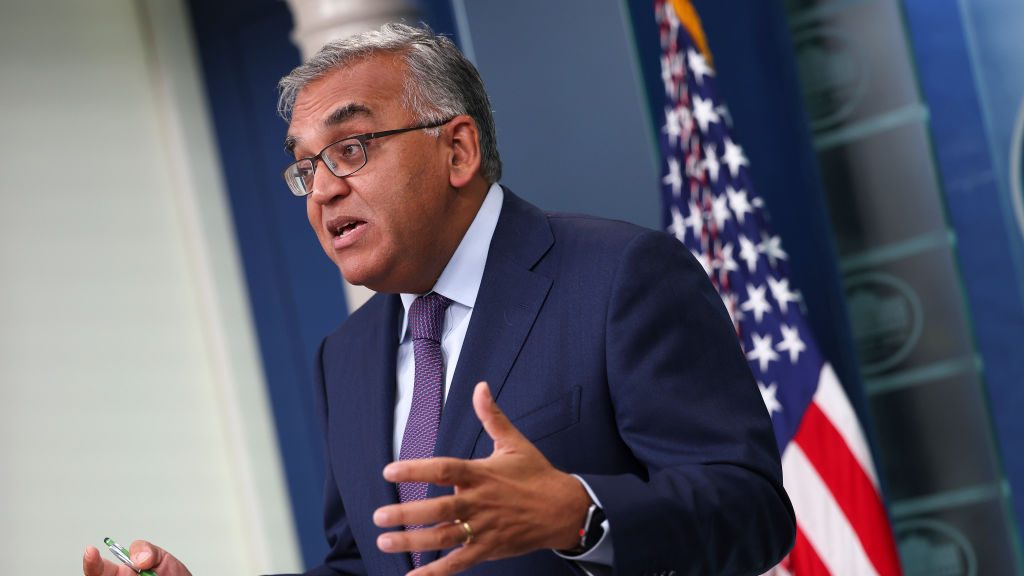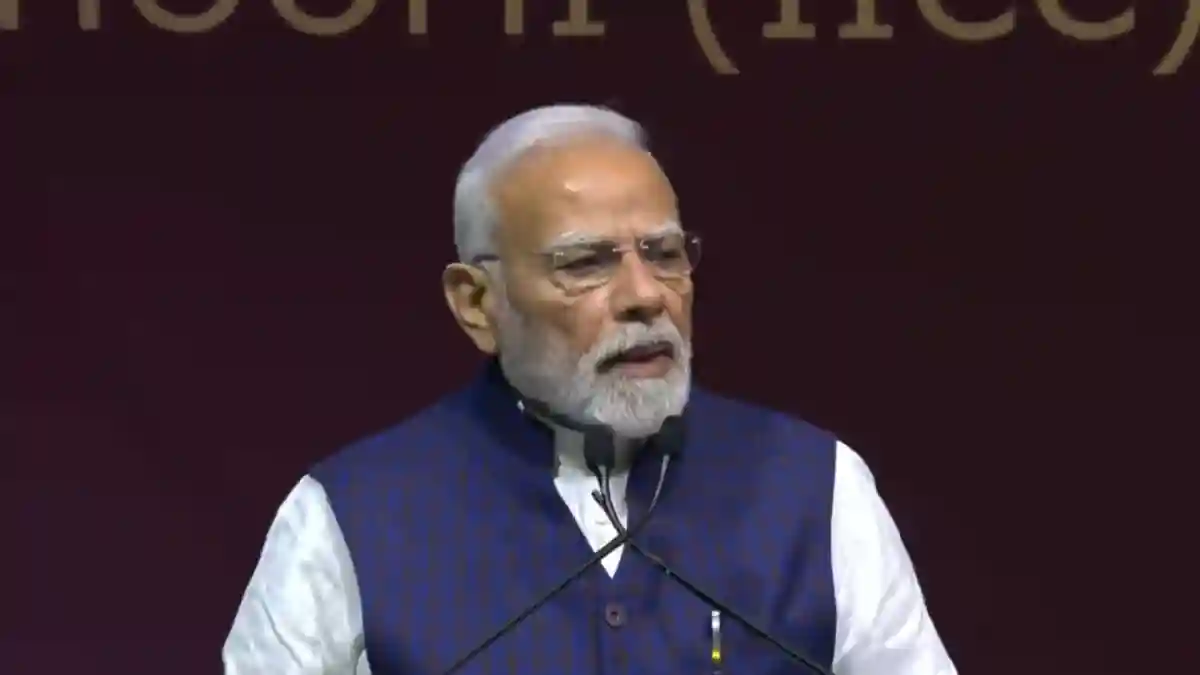By Ian Miller
Copyright outkick

It’s an endless mantra on the part of public health and its media partners: get every available respiratory virus vaccine immediately, if not sooner. COVID vaccines were the most extreme example – the campaign to get every person vaccinated with Pfizer or Moderna’s mRNA shots crossed the line from aggressive to coercive and compulsory. COVID boosters were treated similarly, even after the two-dose “full vaccination series” failed to live up to communications from the CDC and Anthony Fauci that it would stop the virus in its tracks and prevent onward transmission. But another part of the never-ending vaccination crusade from public health officials and “experts” is the flu vaccine. COVID vaccines and the yearly “updated” boosters aren’t enough; flu vaccines are necessary to stave off infection, illness and potential harmful impacts from the common flu. Take Ashish Jha, for example. Jha, who is the Dean of the Brown University School of Public Health, was previously White House COVID-19 Response Coordinator under the Biden administration, was effusive in his praise for the flu vaccine during his time of national prominence. One of his most famous quotes, said during a White House briefing, was “I really believe this is why God gave us two arms, one for the flu shot and the other one for the COVID shot.” And he wasn’t done there. New Study Shows Flu Vaccine Was Likely Useless This Past Year Jha told ABC’s “Good Morning America” in November 2022 that “The most important thing people can do to protect themselves and their families this holiday season is to get those vaccines.” He had a similar message for CBS News in 2022, “The best way to save lives this holiday season is to ensure all Americans, particularly seniors, get their updated COVID vaccine and their flu vaccine.” Then he doubled down in 2023, “You do not want to get into November without these three shots,” he said referring to COVID, flu and RSV vaccines, per WBUR. In a PBS NewsHour interview, he was once again effusive: “The flu shot [and] COVID shot… are going to… make an enormous difference.” This is just one “expert” to praise the flu shot – Anthony Fauci and many others have echoed similar sentiments. But how effective has it actually been in recent seasons? How accurate was Jha’s assessment, how important is it to get the flu shot, is it “the most important thing people can do?” In short, no. No it isn’t. The Cleveland Clinic released the results of their system-wide study on the effectiveness of the flu vaccine over the 2024-2025 season, covering over 53,400 employees. They tracked those employees who were vaccinated, which came to 43,857, or 82.1% of the total cohort, and the remaining 9,545 who did not get the flu shot. As they explain, the results were…extremely poor. “In years where there is a good match between the vaccine strains and the infecting strain, vaccine effectiveness is expected to be good,” they write. “In years where there is a poor match between vaccine strains and the circulating infecting strain, vaccine effectiveness is expected to be poor.” Despite this obvious reality, which the study authors themselves admit, the Cleveland Clinic has a mandatory flu vaccine policy for employees. Only those who received an approved exemption are allowed to continue working without receiving a flu shot. With nearly 18 percent declining flu shots, it provided an opportunity for the clinic to study effectiveness with a large sample size. How did they do it? “Influenza was defined as a positive nucleic acid amplification test for influenza A or B any time after the study start date. Only molecular (including molecular point-of-care tests) performed within Cleveland Clinic Health System were included.” They tracked the results from October 2024-March 26, 2025. And they adjusted for potential differences in testing consistency between vaccinated and unvaccinated cohorts. “To assess whether there was a difference in the propensity to get tested among the vaccinated and the unvaccinated, the ratio of the proportion of the vaccinated who got tested to the proportion of the unvaccinated who got tested on each day of the study was examined, as was the ratio of the proportion of vaccinated persons’ tests that were positive to the proportion of unvaccinated persons’ tests that were positive on each day of the study,” they write. So what were the results? Well, influenza infection was extremely rare: just 1,079 employees, or 2.02 percent, tested positive for the flu over that nearly six-month period. As always, people are much more likely to believe they have the flu, mistaking common cold coronaviruses with influenza. They found that, unsurprisingly, vaccinated employees were significantly more likely to get tested than unvaccinated ones. It stands to reason that those more scared of the flu would be more likely to get vaccinated, right? Except, they checked for that, and based on their statistical analysis, that’s not the reason why vaccinated employees were tested more frequently. “However, the ratio of the proportion of vaccinated persons’ tests that were positive to the proportion of unvaccinated persons’ tests that were positive on each day of the study was not significantly different from 1.00, during the period when most of the infections occurred, suggesting that the additional testing among the vaccinated was not from a higher propensity to get tested but rather from a higher number of infections itself.” Put simply, vaccinated people got tested more frequently than unvaccinated people, because those who got vaccinated were more likely to get the flu. That’s not a misprint, they were more likely to get the flu. Here’s how their data charted out over time, showing that the cumulative incidence rate of positive flu tests was significantly higher among the vaccinated cohort. As they explain, “…Over the course of the study the cumulative incidence of infection increased more rapidly among the vaccinated than among the unvaccinated. The risk of influenza was significantly higher for the vaccinated compared to the unvaccinated state on unadjusted Cox proportional hazards regression. In a multivariable model which adjusted for age, sex, clinical nursing job, and primary employment location, the risk of influenza remained significantly higher for the vaccinated compared to the unvaccinated state.” So what’s the headline figure, what’s the actual estimate of vaccine effectiveness, per this massive Cleveland Clinic study? Negative 27 percent. Well, -26.9% percent to be exact. That’s correct, the flu vaccine had negative effectiveness. You were more likely to get the flu and test positive for it, by a substantial margin, if you got the flu shot. “The most important thing people can do” to protect themselves, Ashish Jha said. This study was a much more accurate estimate of vaccine effectiveness than others because of its design. It had real controls, allowed for real-time effectiveness estimates, and tracked a moderately representative sample of the healthy adult population, though their employees did skew more female. With all that in mind, it’s even more important that the results showed negative effectiveness. It’s a thorough repudiation of public health “experts” who simply hear the word “vaccine” and assume “good.” Yes, the flu shot can be more effective in some years, and might prove helpful for some specific individuals. No, it did not prove effective this year. And that’s why it’s important to evaluate evidence and data on a case-by-case basis, instead of issuing blanket recommendations, unsupported claims, and hyperbolic statements. Will they learn their lesson? Of course not. They never do.



